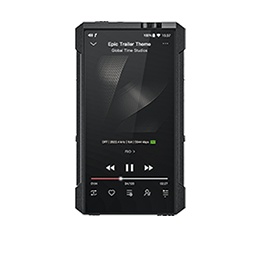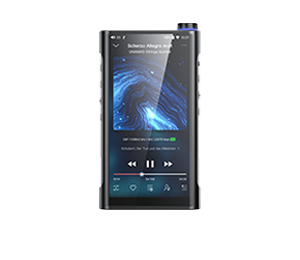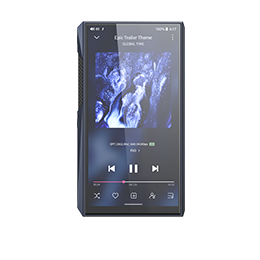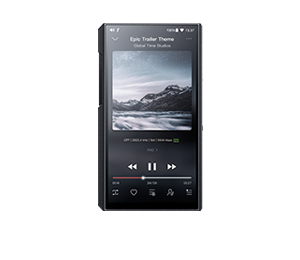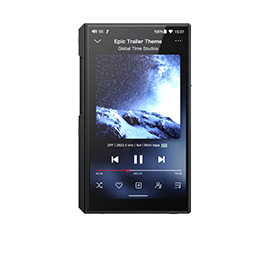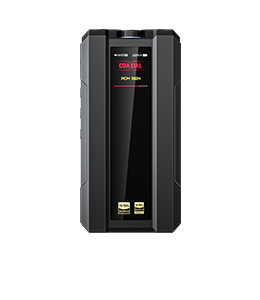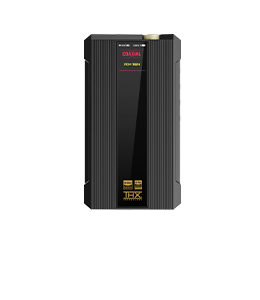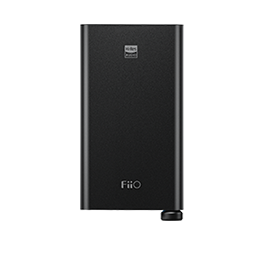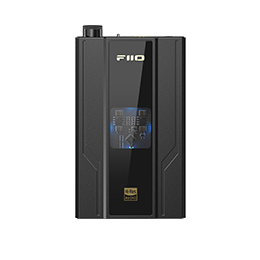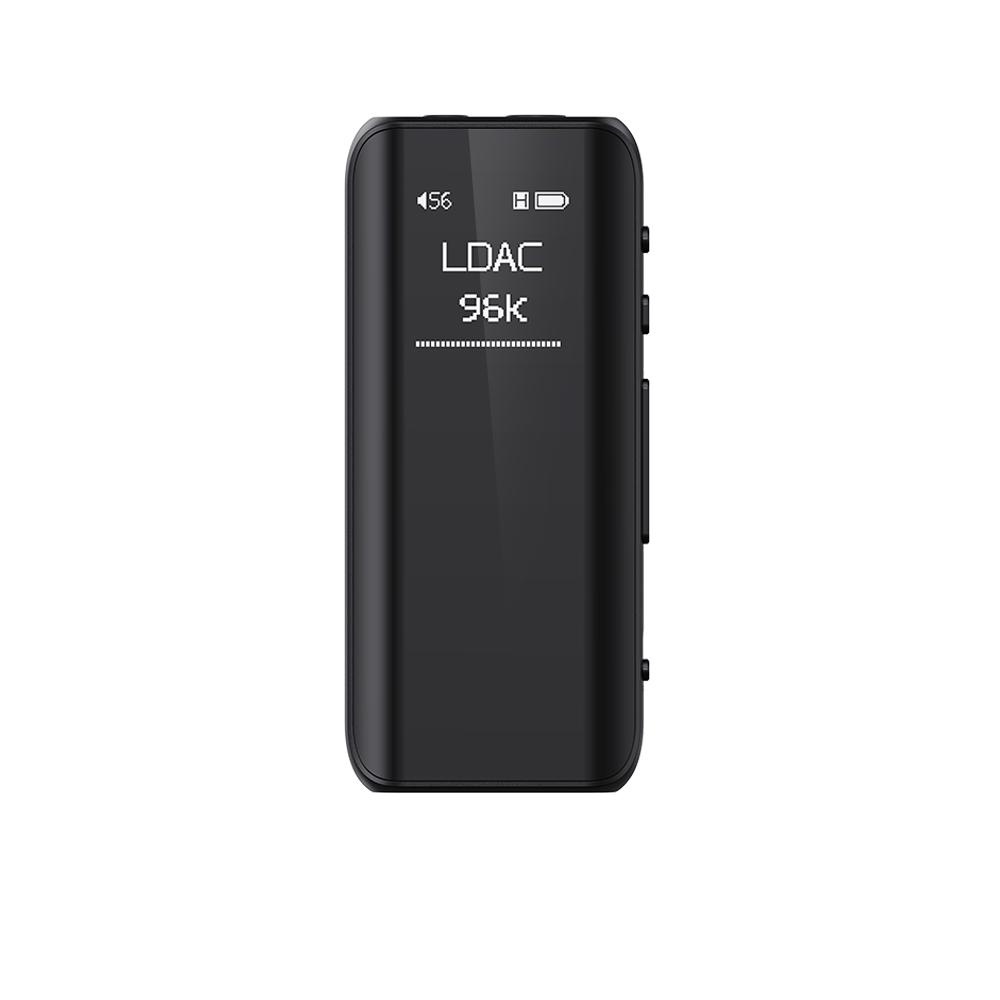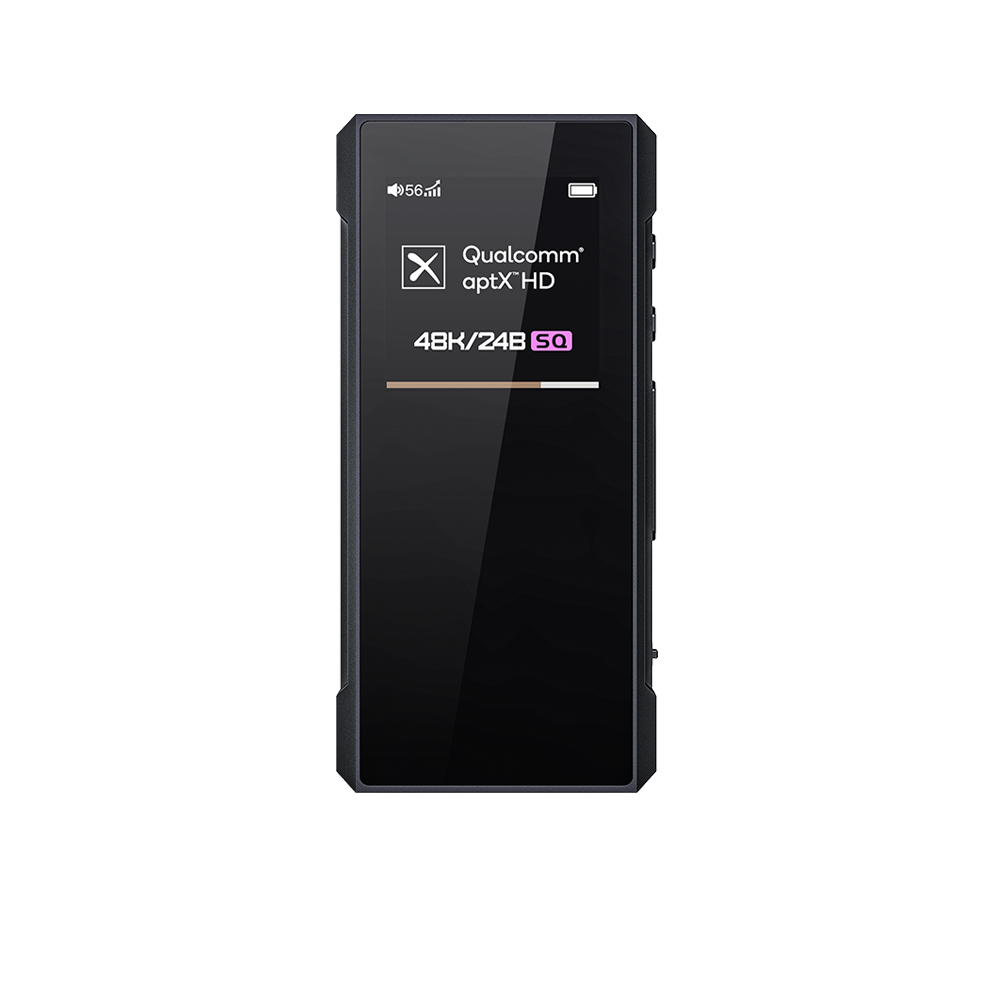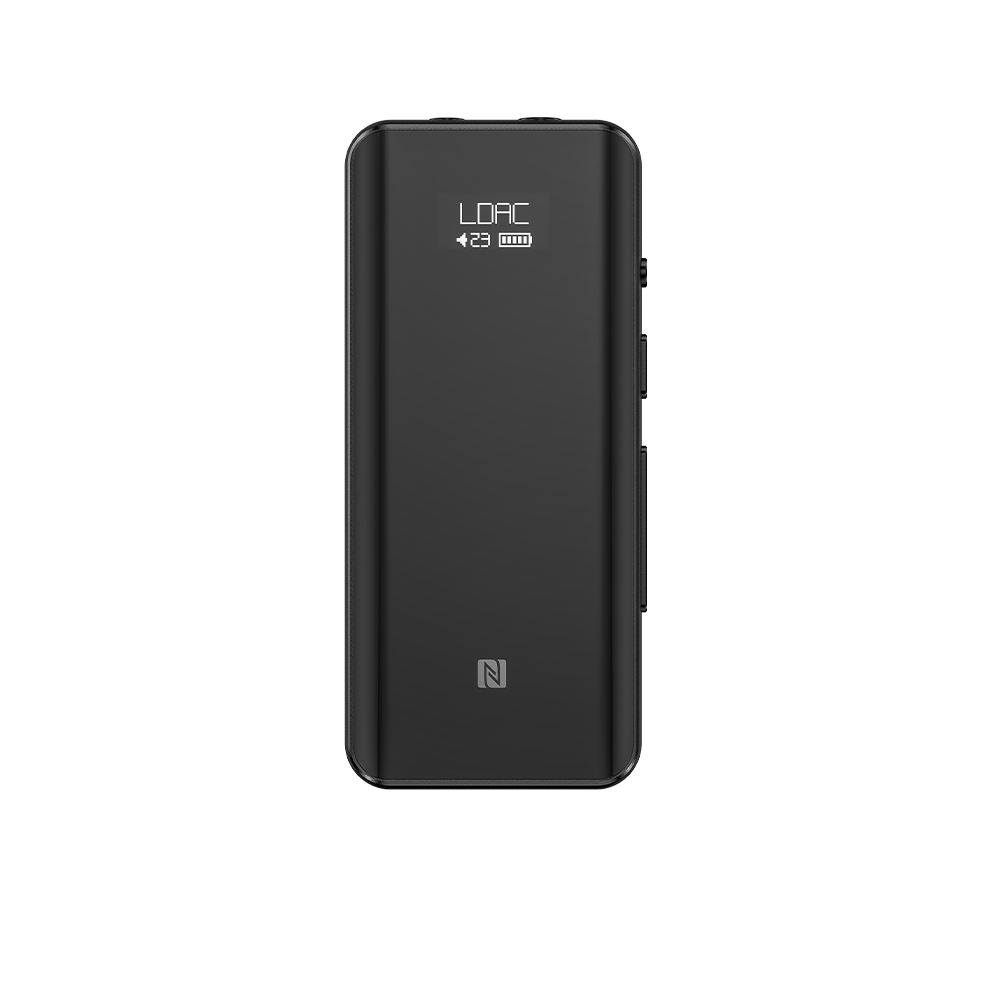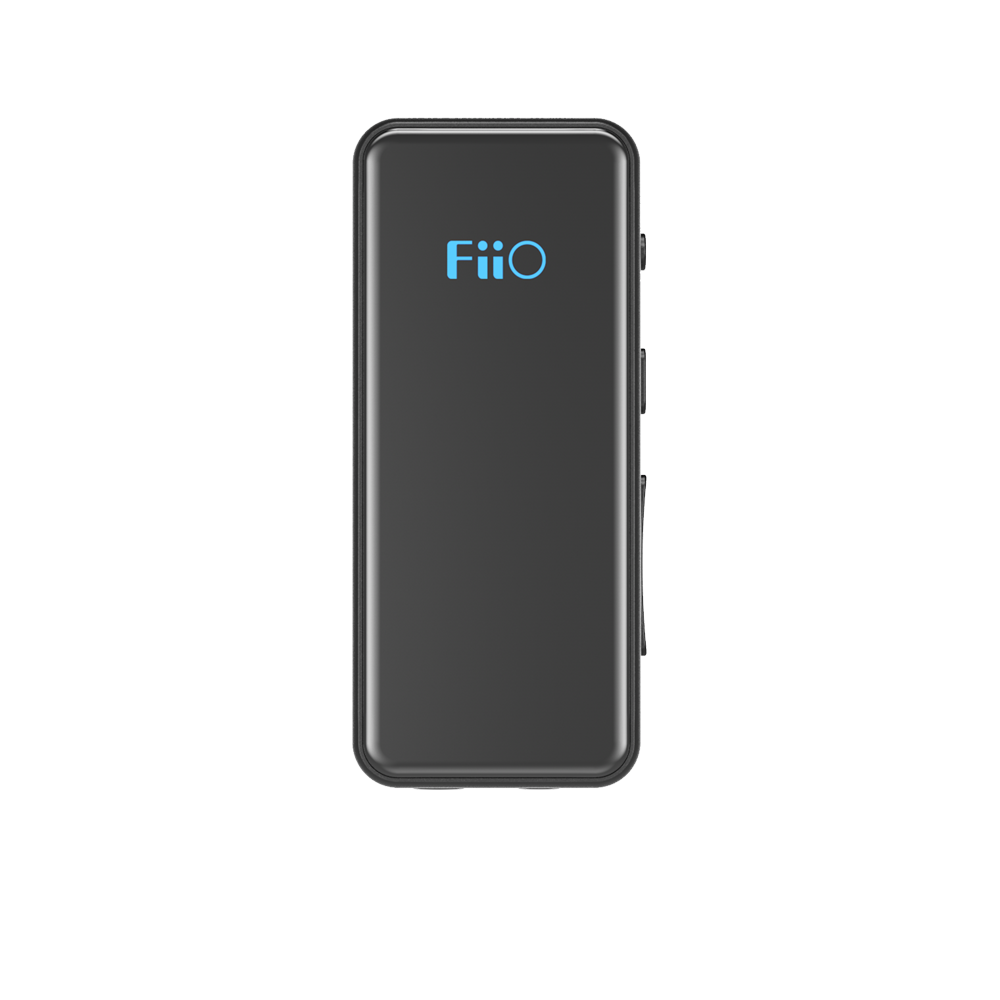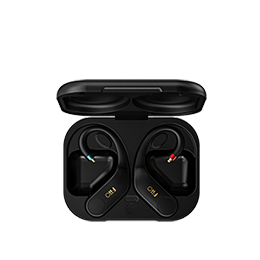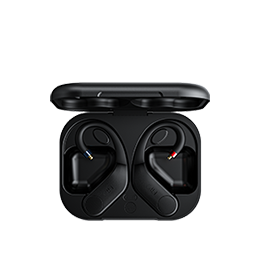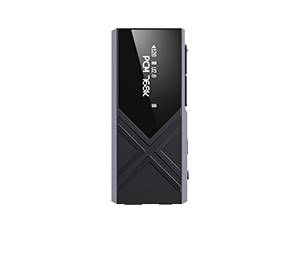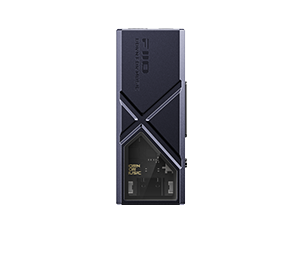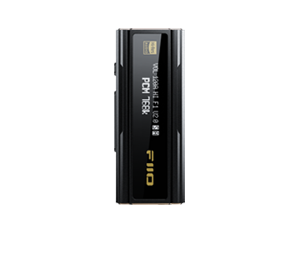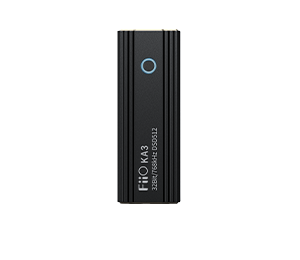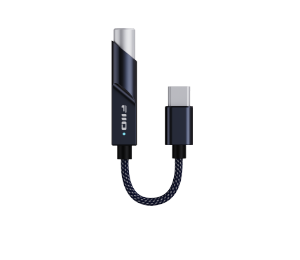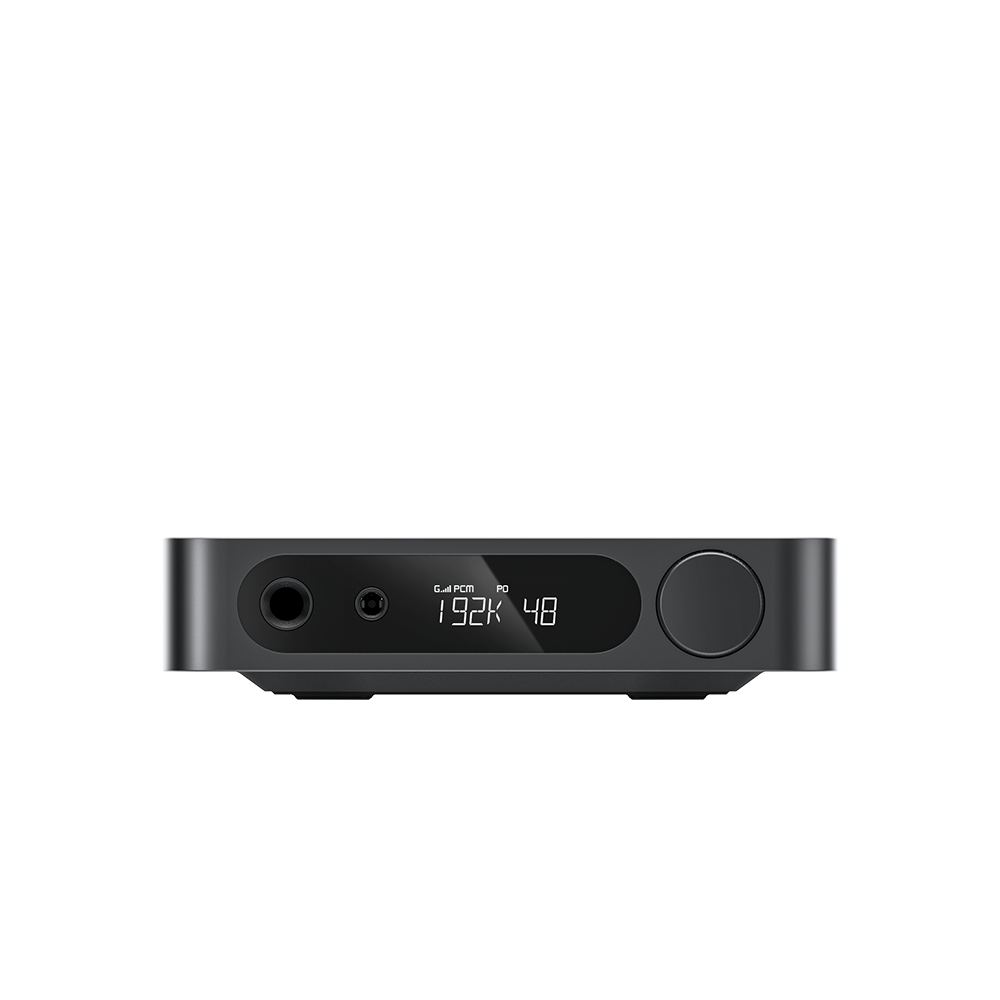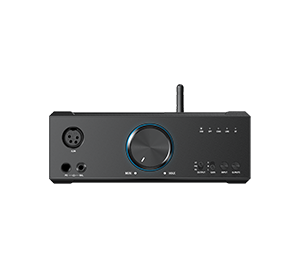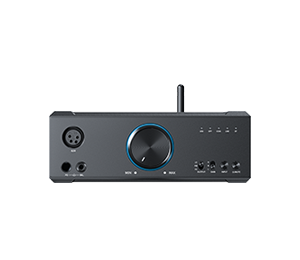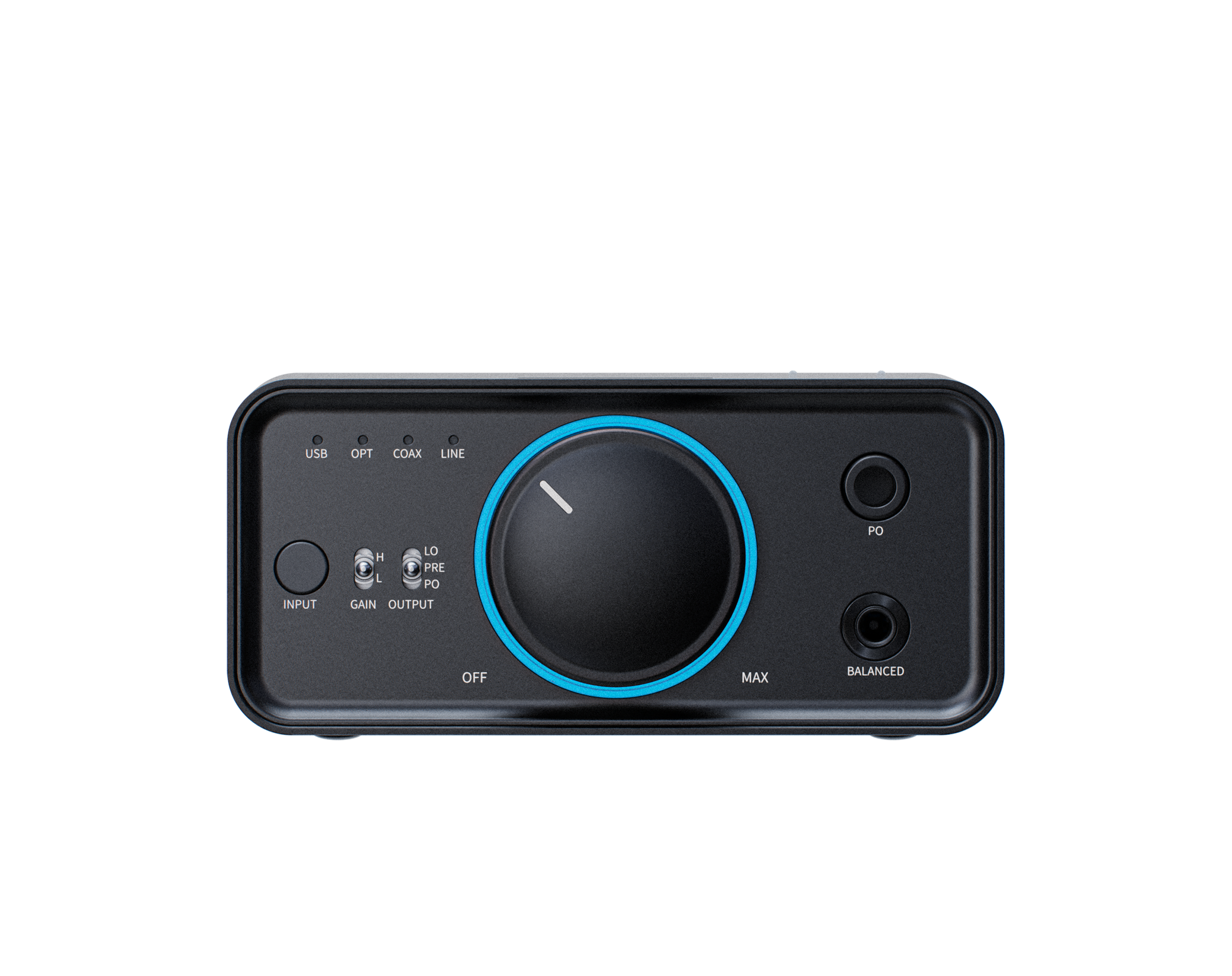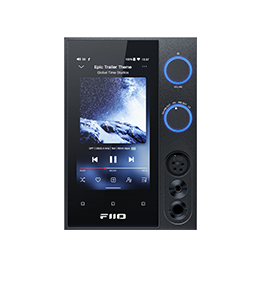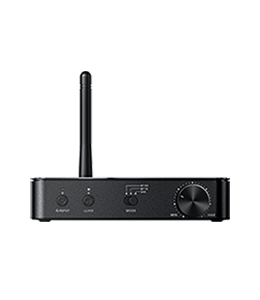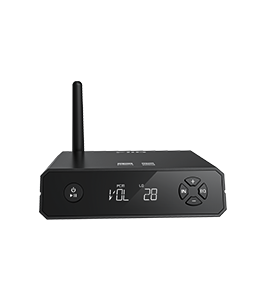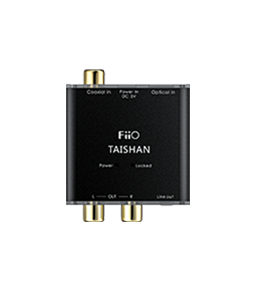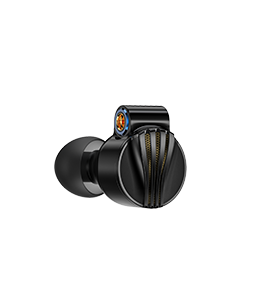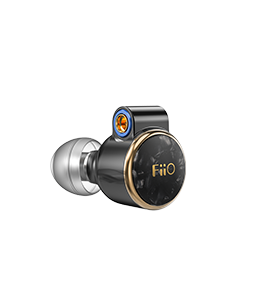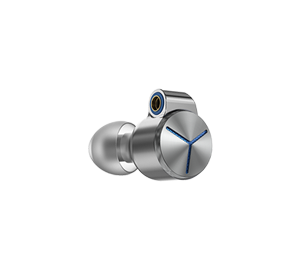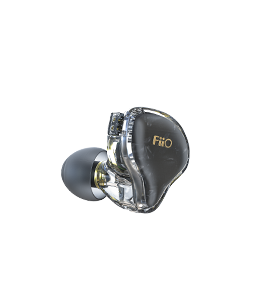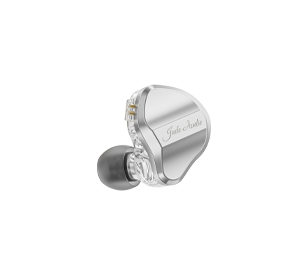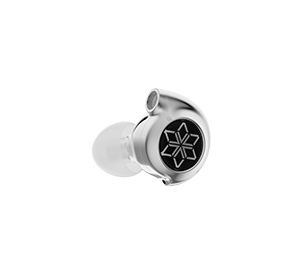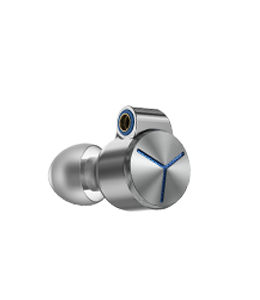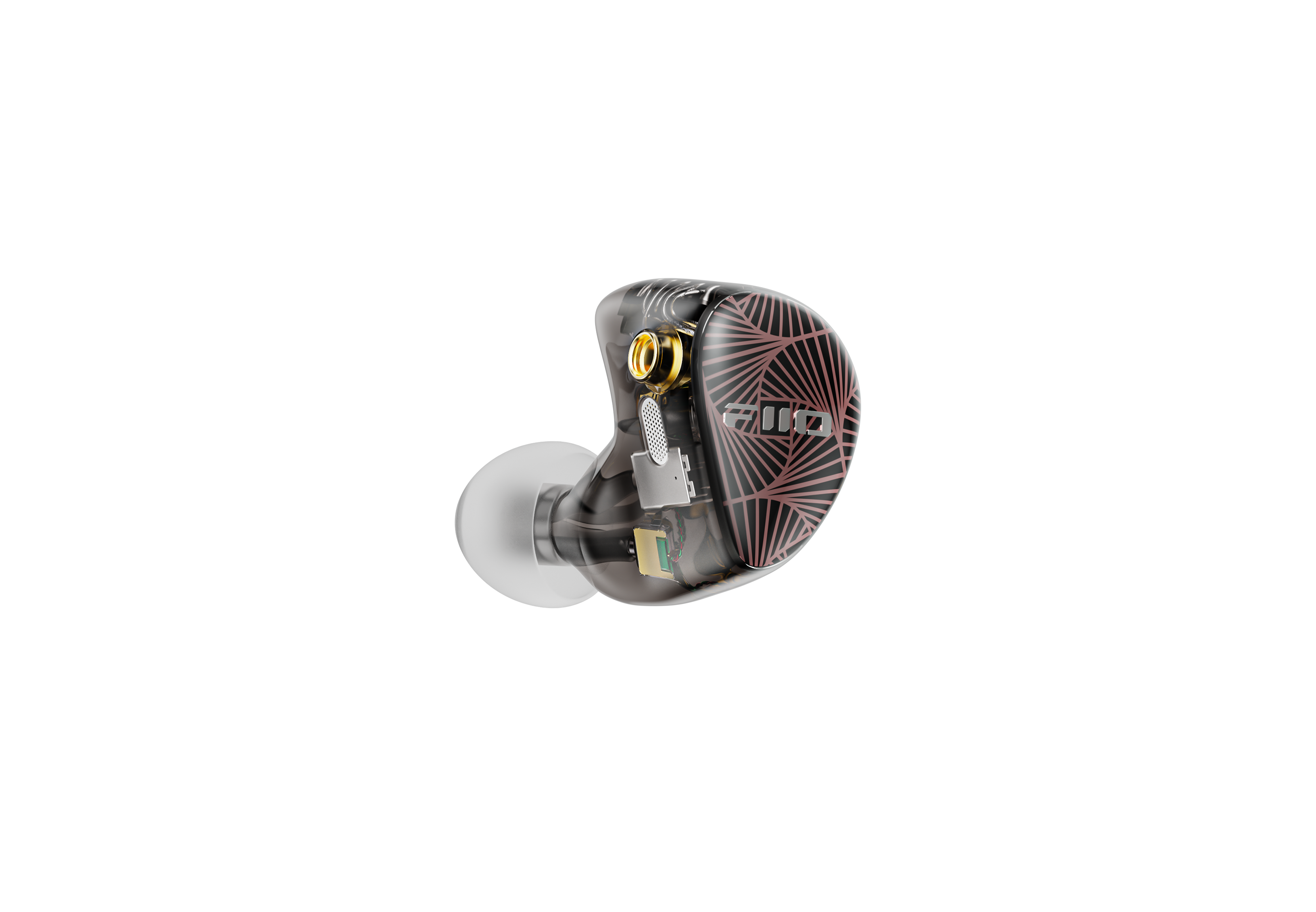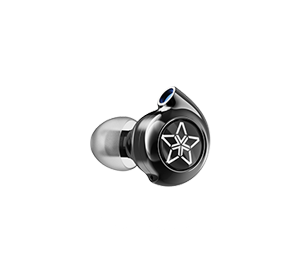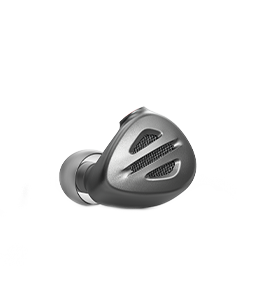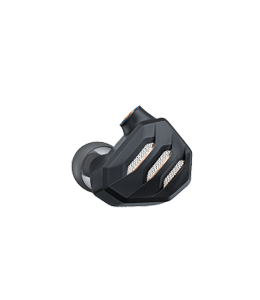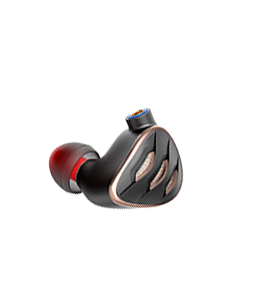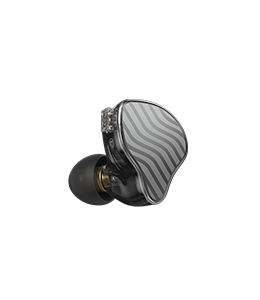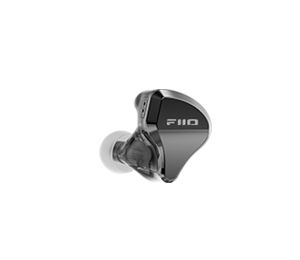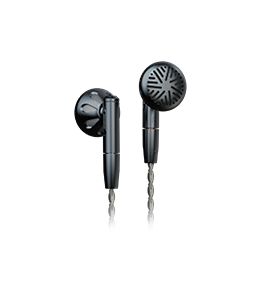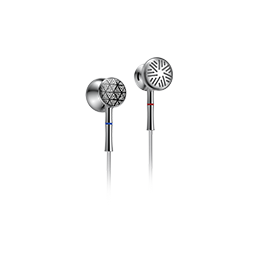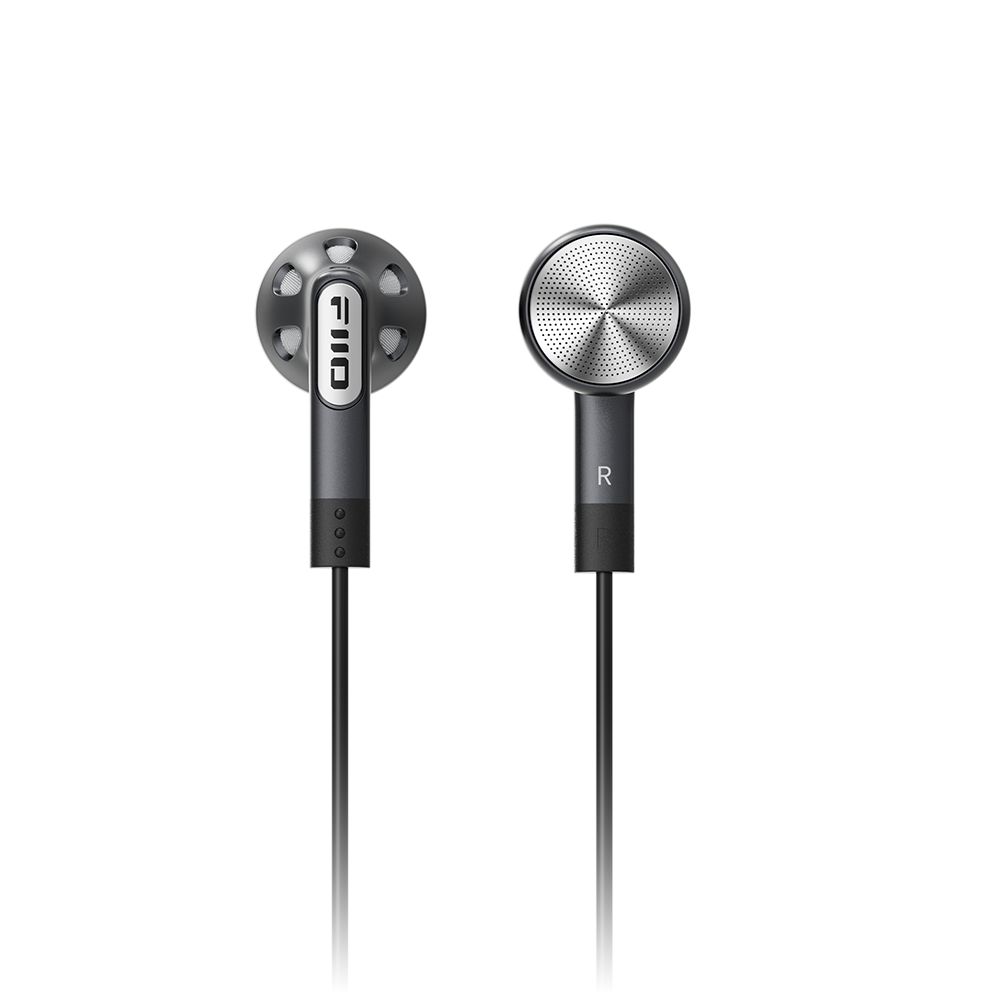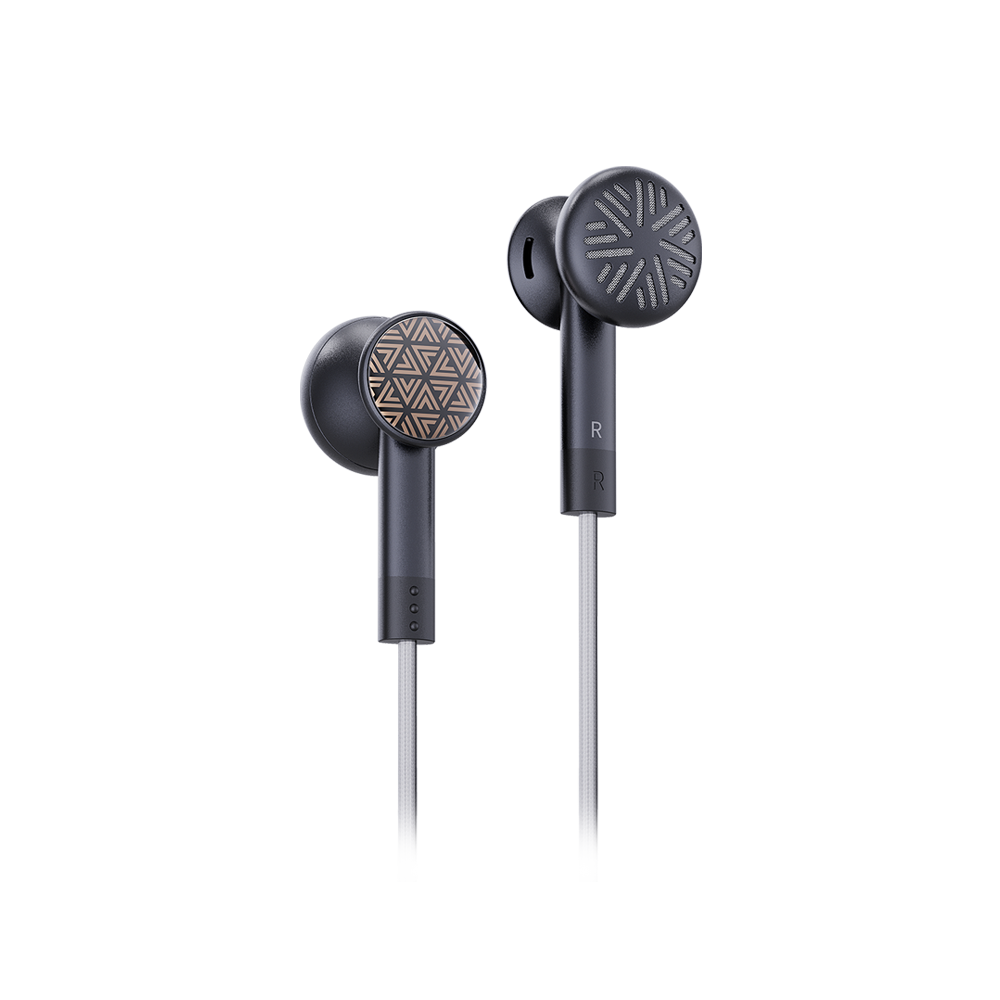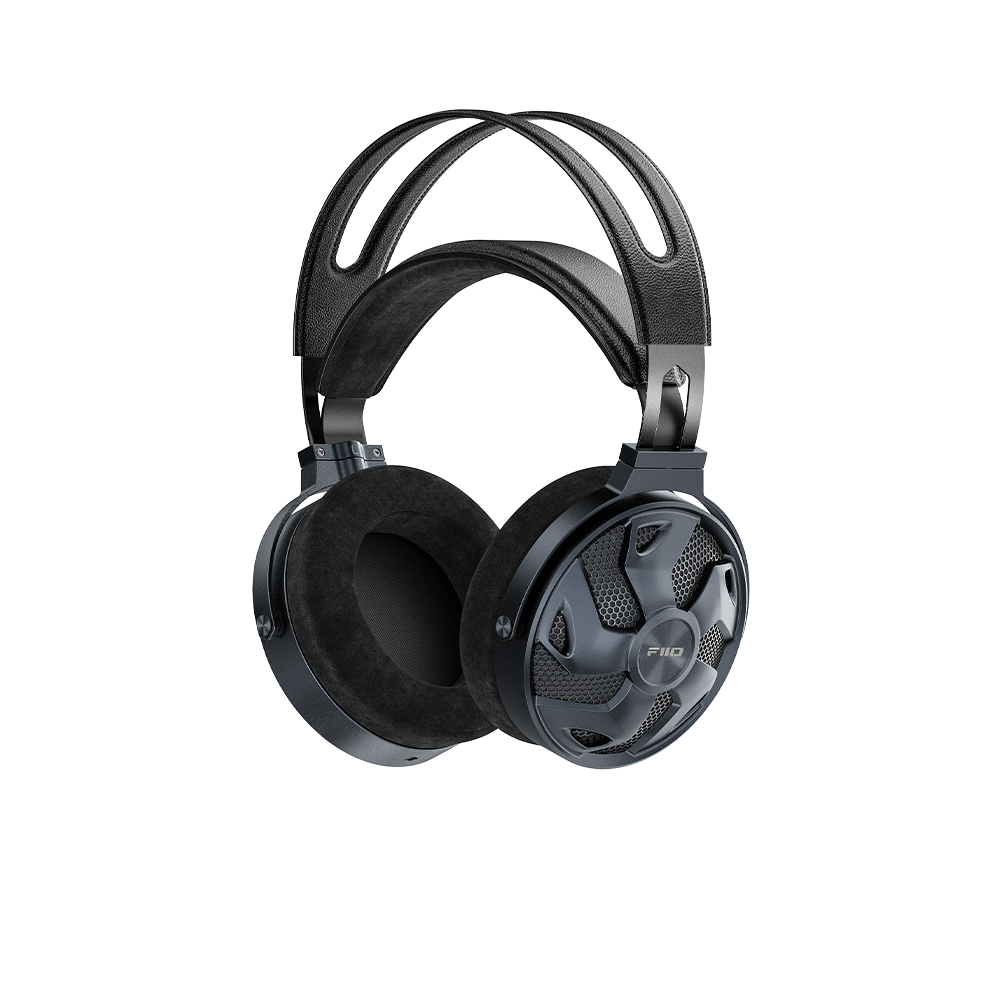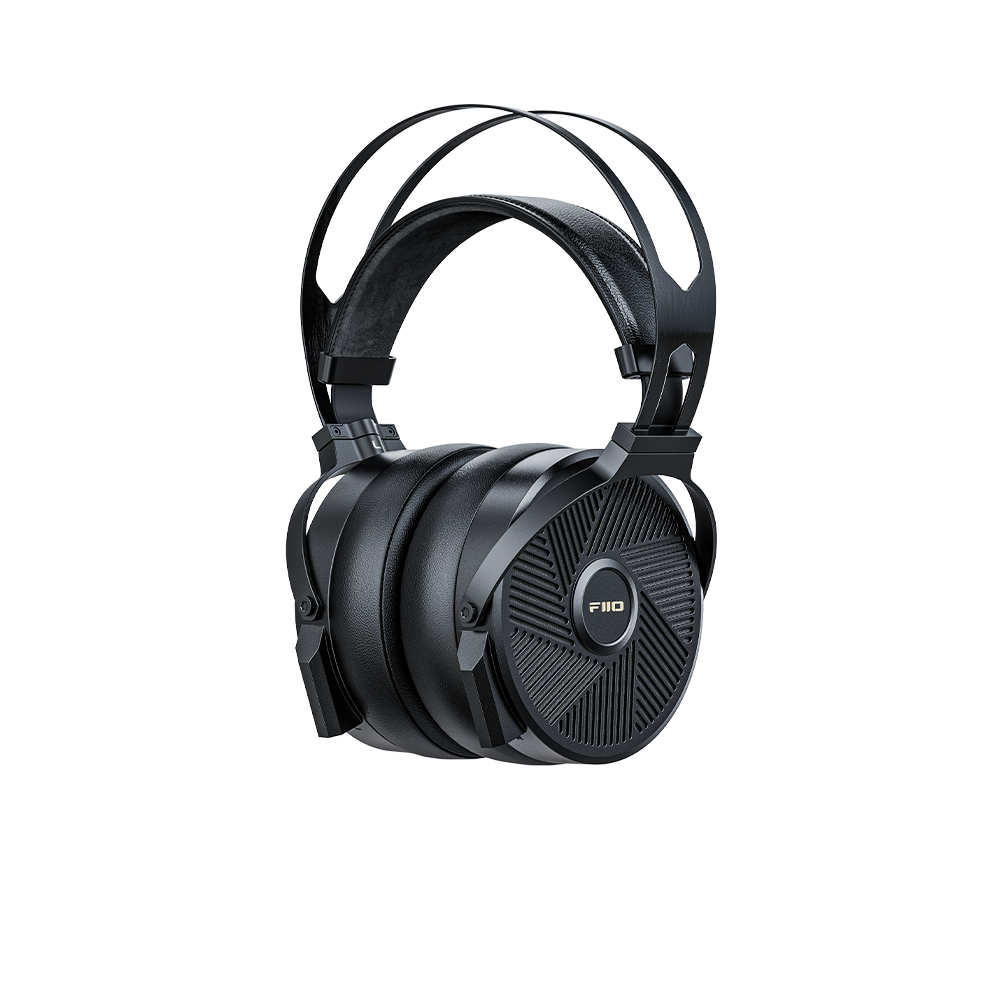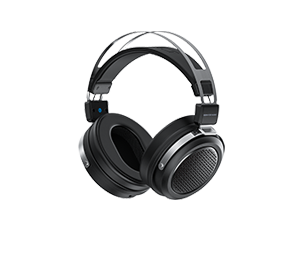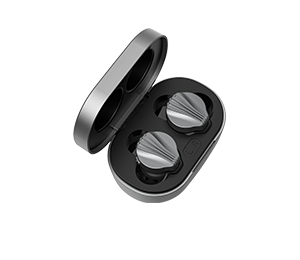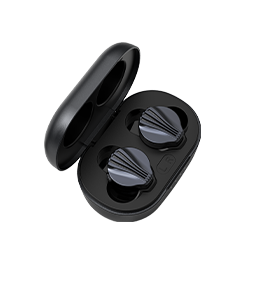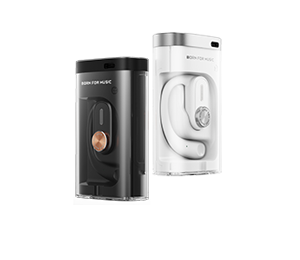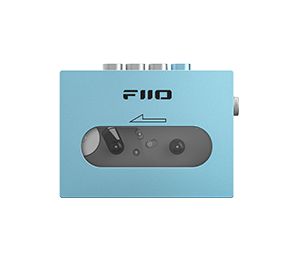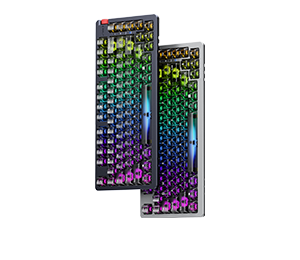[AudioTOP] Feiao KA1 Small Tail Decoder Evaluation
KA1 is a small tail decoder under the Jade Audio sub-brand of Feiao, which was officially released on April 8. From the perspective of design language, it is the same as KA3. KA3 is the mainstream size interchangeable small tail, double earphone mouth, weighing 17.5 grams, more than 20 grams after plugging in the data cable. The new KA1 is a micro-size linear small tail, single-earphone mouth, and the front projection area is equivalent to that of Shanling UA1. It weighs 10 grams. A few days ago, AudioTOP have already made an unpacking report on KA1, which contains the same frame comparison with KA3:
http://www.audiotop.net/newsinfo/2639675.html




the circuit architecture of the mainstream small tail decoder on the market is mostly USB chip-DAC chip-ear chip. Bridging, digital-to-analog conversion, power drive, each perform its duties. KA1 adopts a highly integrated ES9281AC Pro monolithic scheme, with three functional modules integrated on one chip, thus reducing PCB area and current consumption. According to official data, the current of KA3 is 130mA, and the current of KA1 has dropped to 60mA. Therefore, KA1 runs for portability from shape to circuit. Let's take a look at the basic performance test of KA1.

Maximum output@ 32Ohm

5 mW distortion

distortion minimum vs Vrms

channel separation

bottom noise

frequency response test curve, with 0.8dB attenuation at 20KHz

, we can see from the above table that KA1 of a single chip is weaker than KA3 of the same family, which is the same as that of the same family, but the chip scheme is CT7601 ES9038Q2M RT6863X2. Compared with Beam 3 plus, which also uses ES9281AC Pro, except for the output power, the rest is equal, and the separation index is slightly smaller. As for the KA1 output power being beaten, there is actually a grievance, because Beam 3 plus has two independent ear chip, and its body weighs 68 grams. Beam 3 plus evaluation disassembly:
http://www.audiotop.net/newsinfo/2556668.html

combining the performance of KA1 and Beam 3 plus, it seems that we can get a glimpse of the performance ceiling of ES9281AC Pro. Yes, but not exactly. The output limit of this chip with its own earphones can actually be higher. The portability and sensitivity of headphones are positively correlated. KA1 focuses on portability and favors high-sensitivity headphones for adjustment and optimization. There is no problem with this design logic.

Maximum output@ 100KOhm
under high resistance load, KA1 has an output greater than 1.9Vrms, so it can make a guest appearance on Line out equipment and act as a sound source for desktop active speakers or desktop earphones. Correspondingly, Apple Lightning to 3.5 was only 1Vrms when opening the circuit, which was almost 6dB lower. At Line out, this 6dB level drop will eventually show a high level in signal-to-noise ratio and dynamics.

AudioTOP once asserted that the performance of the small tail decoder must exceed that of Apple Lightning to 3.5, otherwise there is no need to do it. From the test data summary table, all KA1 data outperform the Lightning to 3.5, so it has the legitimacy of existence. After repeated a large number of auditions and comparisons, the AudioTOP found that KA1 has audible sound quality improvement over Apple Lightning to 3.5, including analytical power, image feeling, strength, etc. Now Apple no longer comes with a decoding line with its mobile phone. KA1 is suitable for Apple users who are pursuing sound quality but feel that the full-size small tail is a burden. Lightning to 3.5 is notoriously weak and easy to destroy, KA1's multi-strand discrete stranded wire obviously has higher fatigue limit and is more durable.

is subject to the physical limitations of the single-chip solution, the gap between KA1 and the mainstream architecture full-size small tail exists objectively, mainly reflected in the strength and impact. In his position, this kind of thing will not happen in most cases, and Naoki Hansawa only survives in the script. In addition, due to its simple and compact appearance design, KA1 does not have any control keys and function keys, and the earphone port is only given a 3.5mm. Therefore, KA1 is mainly aimed at targeting Apple Lightning to 3.5 and its kind in the usage scenarios that pursue mobility. KA1 can receive a higher sampling rate and additionally has a full rendering expansion of MQA decoding, which is a bonus in terms of support for high-quality lossless music.

KA1 is a non-replaceable structure. Type C or Lightning are available when purchasing. In the test, AudioTOP found that KA1 of type C specification can also be connected to iOS devices through a L-C OTG adapter (non-random accessory). According to observation, there are only L-C and no C- L in the world, so type C seems to be a more flexible choice-for users of Apple's Android double repair.

Next, AudioTOP will disassemble and analyze KA1. Because this little tail is tightly assembled, violence is inevitable. It is predicted that this is a spark-splashing dismantling. Please pay attention.
author:Headphones04-13 10:00 Edited
URL:https://weibo.com/ttarticle/p/show?id=2309404757732392829125



